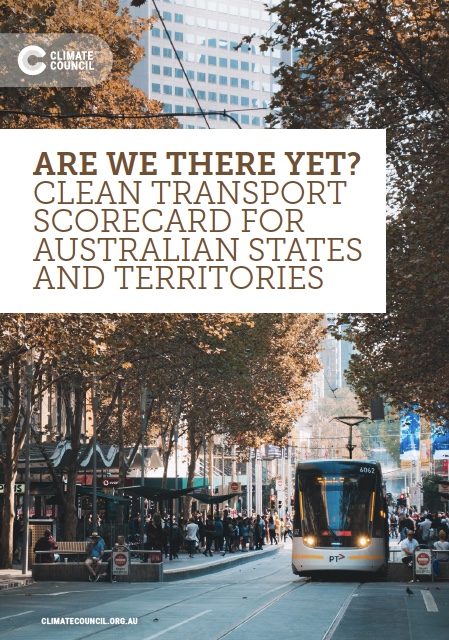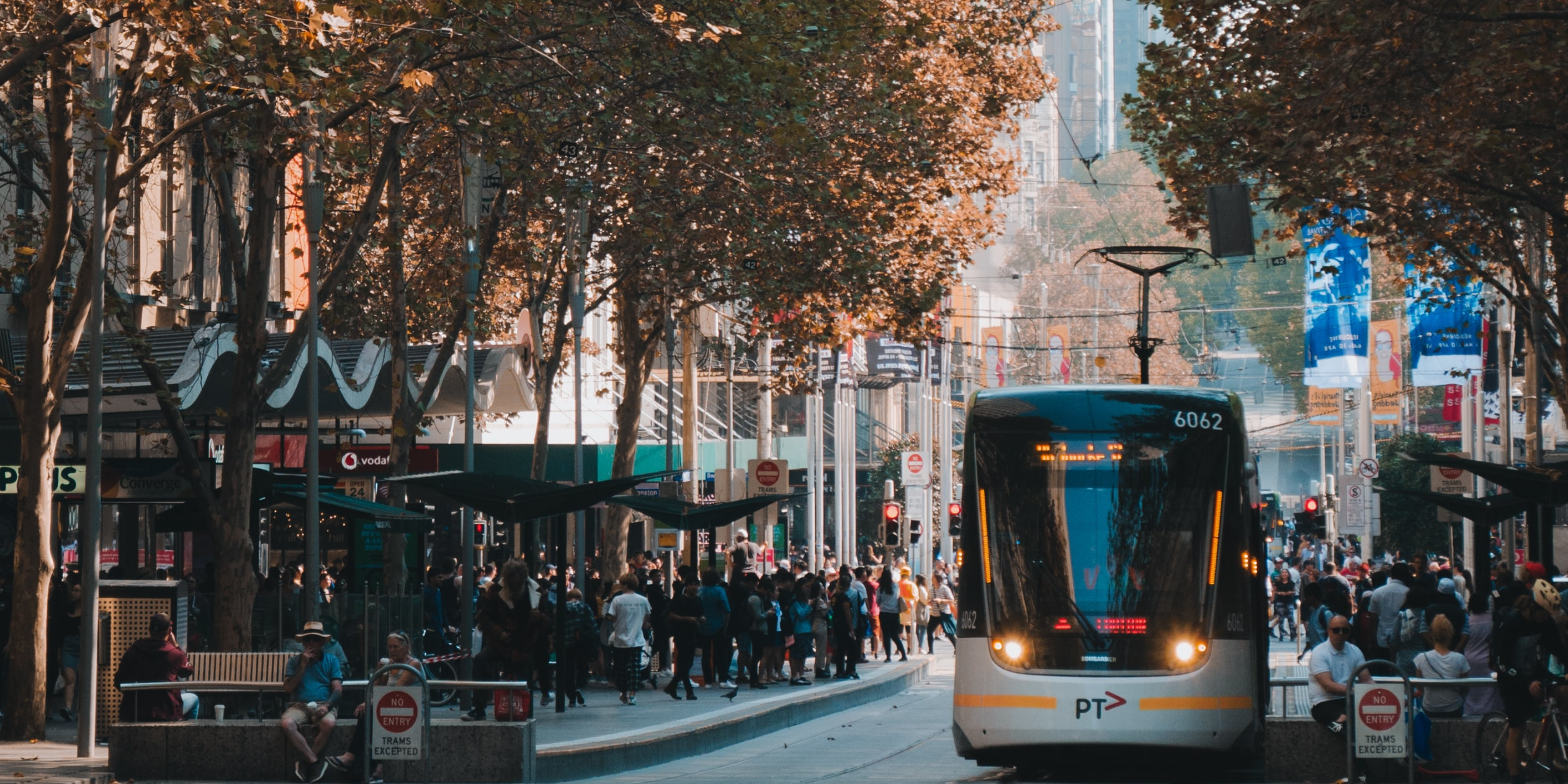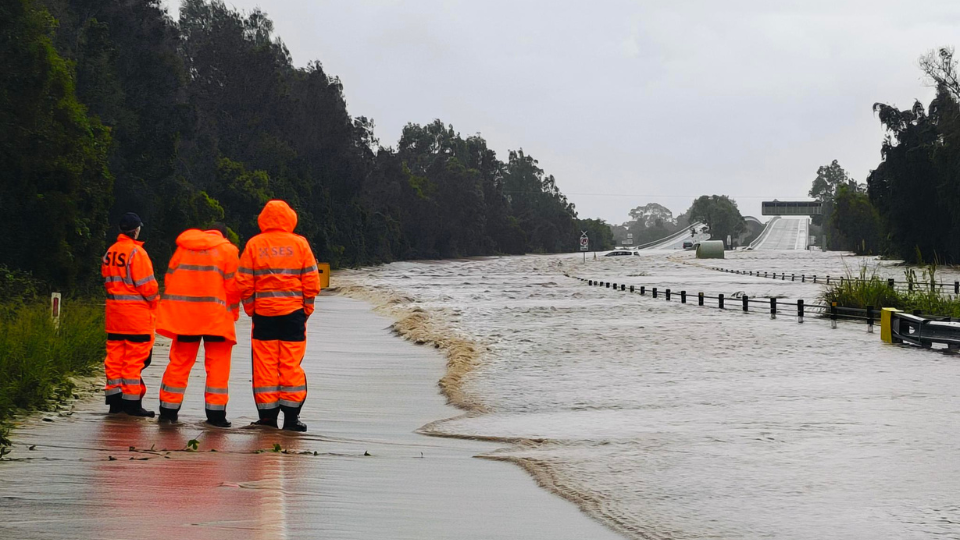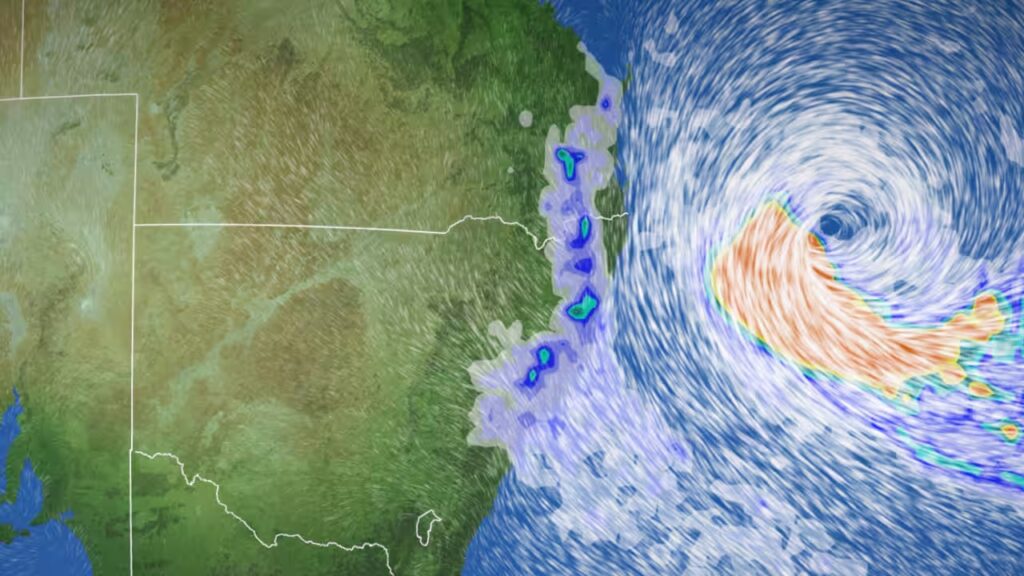With the transformation of Australia’s energy system underway and accelerating rapidly, decarbonising transport is the next frontier for our nation in tackling the climate crisis.
Transport accounts for 18.7 percent of Australia’s greenhouse gas emissions, and is the third highest source of emissions.
behind only electricity and stationary energy. Road transport is responsible for the bulk of transport emissions, with cars and light commercial vehicles alone making up 62 percent of this pollution. Importantly, at a time when emissions from other sectors have started a welcome and necessary decline, personal transport is one of Australia’s fastest growing sources of emissions. To help limit warming in line with the Paris Agreement and avoid a full-blown climate catastrophe, Australia should aim to reach net zero emissions by 2035.
Policies and investments that reduce transport emissions can be put in place now using existing technologies. This makes reducing emissions in the transport sector quickly this decade much easier than is the case for some other sectors of the economy, where solutions are in earlier stages of development. Given the range of clean transport options that are readily available, the focus for this sector should be on achieving near absolute zero emissions by 2035 or earlier. This means getting as close to zero emissions as possible with minimal use of offsetting or ‘net zero’ accounting.
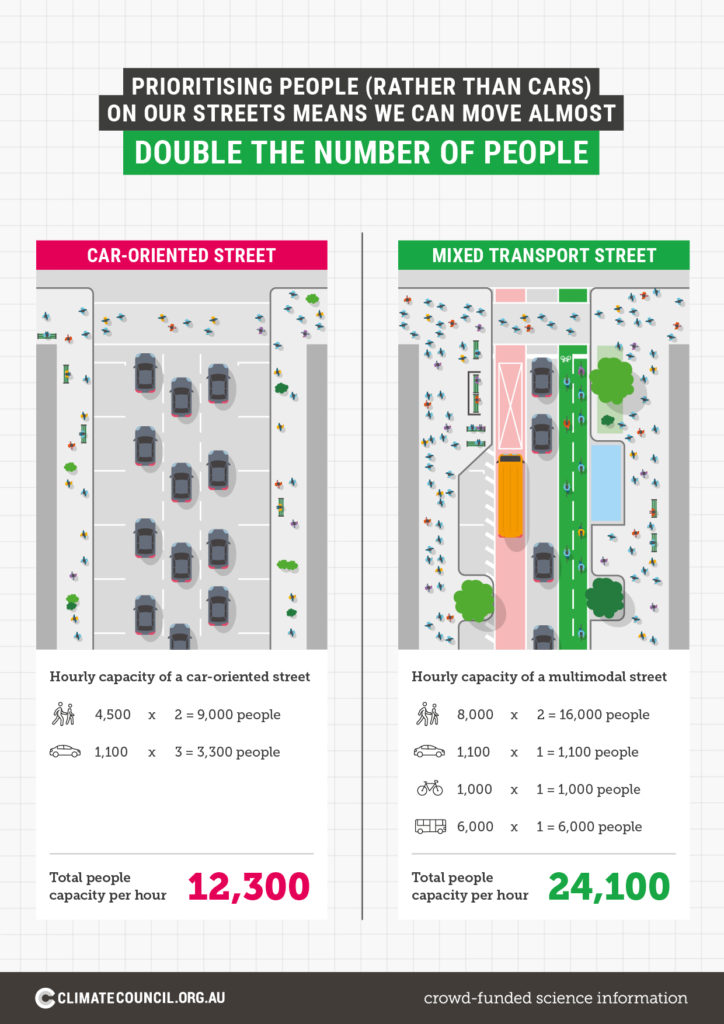
Decarbonising personal transport is a significantly bigger task than getting all drivers to swap their petrol vehicles for an electric vehicle. We also need to shift the focus of transportation away from being dominated by private cars. Boosting zero emissions public transport, and building quality, connected and safe footpaths and bike lanes gives people much better options so they can choose how to get around and do their bit in reducing emissions. Doing so will deliver a wide range of further benefits to people living in cities and regions such as cleaner air, healthier communities, lower travel costs, and much more liveable cities and towns.
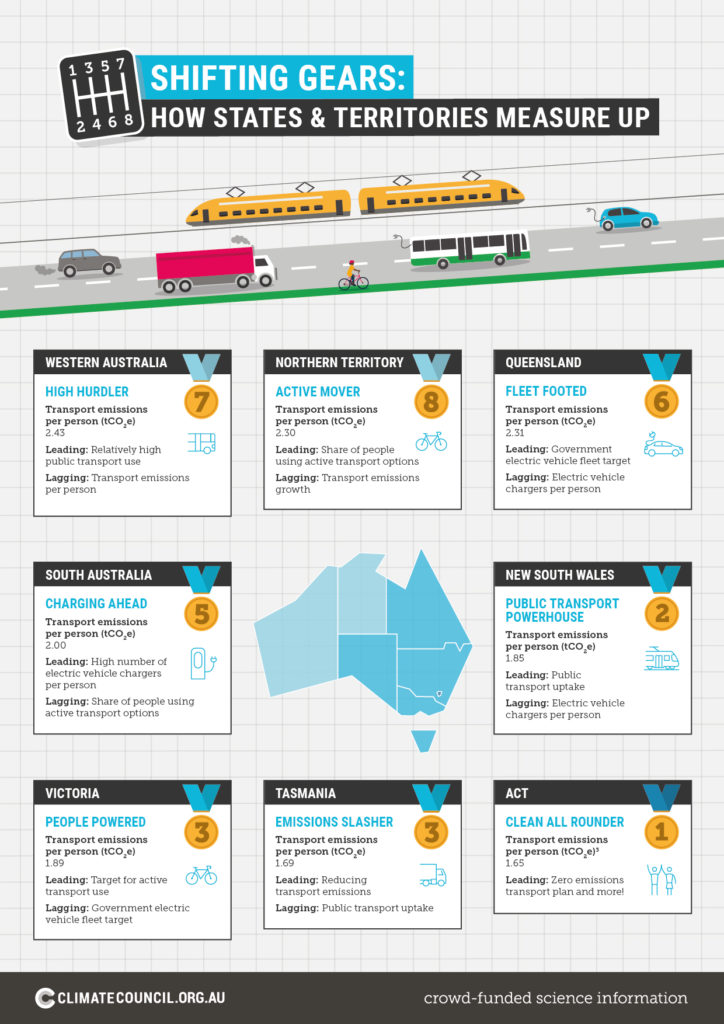
States and territories in Australia are responsible for public transport systems, as well as most of our road network. At the moment, most only allocate less than two percent of their budgets on essential infrastructure for active transport like footpaths and bikes. This is not what the Australian public expects – with 77 percent wanting their state or territory to prioritise this spending or at least balance it against road funding.
This report compares the performance of Australia’s states and territories when it comes to driving the decarbonisation of personal transport. It provides a transparent baseline for comparing where we are today, as well as for tracking progress as each jurisdiction works to cut transport emissions over time.
Key Findings
1. Cleaning up transport is the next frontier in tackling the climate crisis, as this is Australia’s third largest source of greenhouse gas emissions – and it’s rising.
- Transport accounts for 18.7 percent of our national emissions, with cars and light commercial vehicles the biggest contributors.
- At the same time as other sectors of the economy are getting cleaned up (like
- electricity), personal transport is one of our nation’s fastest growing sources of emissions.
- For Australia to play its part in limiting climate harm by reaching net zero by 2035, transport emissions need to plummet by an average of
- 7 million tonnes annually. That’s equal to the drop in transport emissions we saw during COVID-19 lockdowns.
- We have the technologies we need right now to decarbonise the transport sector, and focusing on providing cleaner options for Australians to get around each day will be key to reaching zero emissions.
2. A few states and territories are bucking the trend of rising transport emissions, with the Australian Capital Territory (ACT) and Tasmania leading the race to decarbonise transport.
- In the past decade, Tasmania has reduced its overall transport emissions by 18 percent and the ACT by seven percent – proving we can reverse the trend of rising transport emissions.
- South Australia has also cut transport emissions (by five percent) and Victoria has managed a slight (one percent) decline, with all other states and territories adding to rising transport emissions.
- The ACT and Tasmania also recorded the lowest transport emissions on a per person basis.
- At the moment, most states and territories only allocate less than two percent of their budgets on essential infrastructure for active options like walking and bike riding. This is not what the Australian public wants or expects.
3. Transport needs and the capacity to act vary across states and territories. All are switching gears when it comes to clean transport, but need to do much more to rapidly reduce emissions.
- Across the board the ACT leads on many markers of progress, which resulted in its number one ranking, and award for Clean All Rounder.
- New South Wales was the runner up, being crowned Public Transport Powerhouse based on its impressive public transport usage. Tasmania (Emissions Slasher award) and Victoria (People Powered award) are tied for third.
- South Australia is charging ahead with its electric vehicle infrastructure, while Queensland, Western Australia and the Northern Territory have the most work to do to find zero emission transport solutions that work across their vast distances.
- Overall, all states and territories need to focus on becoming less car centric and dependent by implementing a major shift to public transport and active options like walking and riding. Less than one in five Australians choose to do so now.
- More work can also be done to accelerate the uptake of electric vehicles by supporting the introduction of national fuel efficiency standards, electrifying government fleets, offering incentives or zero interest loans to purchase electric vehicles, and improving access to public charging facilities.
4. Shifting rapidly away from a transport system dominated by private, polluting cars to one that’s more active and runs on clean energy will dramatically improve our lives in many ways.
- Providing better access and options for catching public transport and active travel (like walking, riding or rolling) will make it easier for all Australians to get around – including some of the most disadvantaged. It will create cleaner and healthier communities, and reduce people’s costs of living all while growing the economy.
- Research shows that when people get more active they can significantly cut overall transport emissions. A study in Europe found if one in five urban residents switched from driving to bike riding for one trip a day, it could cut European car emissions by eight percent.
- States and territories should set targets for the percentage of trips they want to shift to active and public transport, and invest at least 50 percent of their transport budgets in public transport, plus 20 percent in essential active transport infrastructure, like walking and bike lanes.
